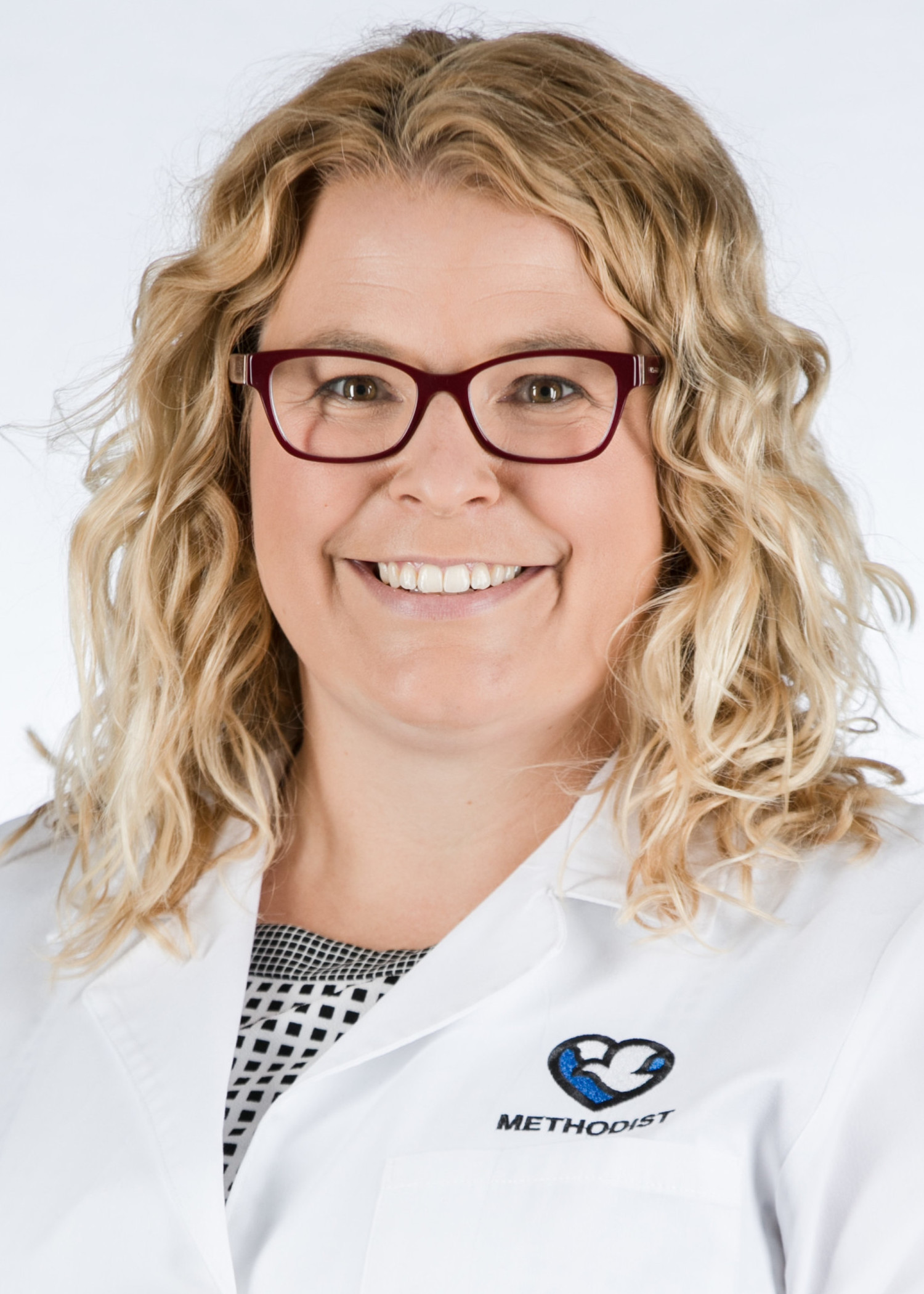




Women's Health
The Who, What, When and Where of Creating the Perfect Birth Plan
Published: June 23, 2021

Ladies, from the time we are young to the time we welcome our child(ren) into the world, many of us create dreams of what we want our deliveries to look and feel like as we eagerly anticipate sharing our beautiful birth stories with friends and loved ones.
It goes without saying: Things don’t always go according to plan. But a birth plan is a great way to gather your hopes and desires and share them with your provider, who can help see that you your experience is as memorable and meaningful – and as close to your vision – as possible.
Where To Start
When creating a birth plan, it’s important to first understand its purpose. Birth plans allow women to express their expectations for their upcoming deliveries while empowering them and their families to be active participants in their health care and birthing experience.
These plans don’t always come in the form of written documents. They may be as simple as ongoing conversations with your provider. Think of your plan as an opportunity to ask questions and get clarification on topics you’re curious about: What are my options with this? How much of a say do I have in that?
Attending a birthing or breastfeeding class is also a great way to gain insight on different aspects of the delivery process that you may not have even thought about. Take what you learn and apply it when creating a plan that makes sense for you.
Who It’s for and What It Covers
A common misconception is that birth plans are only for women who want an unmedicated and vaginal birth. Even if you’re planning on receiving an epidural or require a cesarean delivery, you should absolutely feel empowered to create a birth plan, as it can cover so much more than pain management and mode of delivery.
A good birth plan also covers:
- The name of your baby
- Who your support system will be during labor and how much involvement they’ll have
- Special preferences during labor and after delivery (labor room environment, labor positioning, medical intervention, optional procedures and medications, bonding with Baby, and infant feeding)
While a written plan should be scanned into your chart at around 34-36 weeks, keep in mind that it may evolve and change – and that’s OK. Bringing a printed copy with you to the hospital is always a good idea – especially if it includes revisions or updates. If you don’t get around to putting your plan on paper, it’s perfectly acceptable to communicate your desires with your labor and delivery team upon admission. But keep in mind: It’s often easier to simply hand someone a document in the event that you arrive at the hospital in labor.
When To Include Your Provider
It’s never too early in your pregnancy to start discussing a plan with your health care provider. Pregnancy is ever-changing. So, it’s important to ensure plenty of time to set realistic expectations and create backup plans if necessary, as certain situations may prevent parts of your plan from being carried out.
An early and ongoing conversation with your provider will allow you to feel involved in the decision-making process and help you fully understand the rationale behind any deviation from the plan when necessary. It may even provide you added peace of mind that your provider and care team are dedicated to helping you achieve the delivery of your dreams.
Helpful Tools
Still need help formulating the perfect plan? Use the Methodist birth plan form to get started, or download Methodist’s Pregnancy to Parenthood app.
But remember: Your provider serves as the most important resource of all when it comes to making informed decisions about your baby’s birth. Together, you can create a plan that delivers on your vision while focusing on the health and well-being of both you and Baby.
More Resources
- Register for childbirth education at Methodist.
- Print or download the Methodist birth plan form.
- Download the Methodist Pregnancy to Parenthood app.
- Learn more about midwifery at Methodist.
- Find an OB/GYN.


